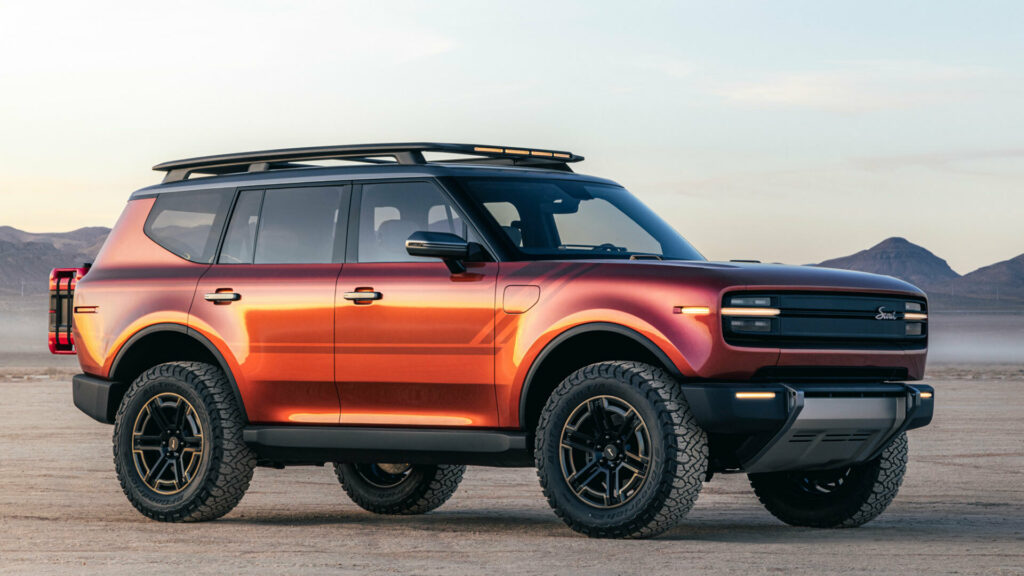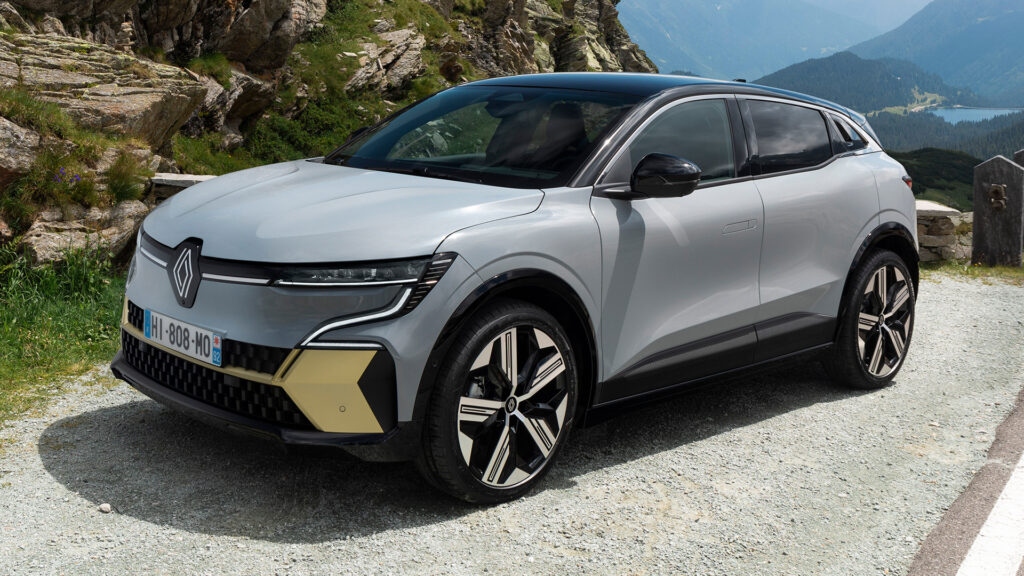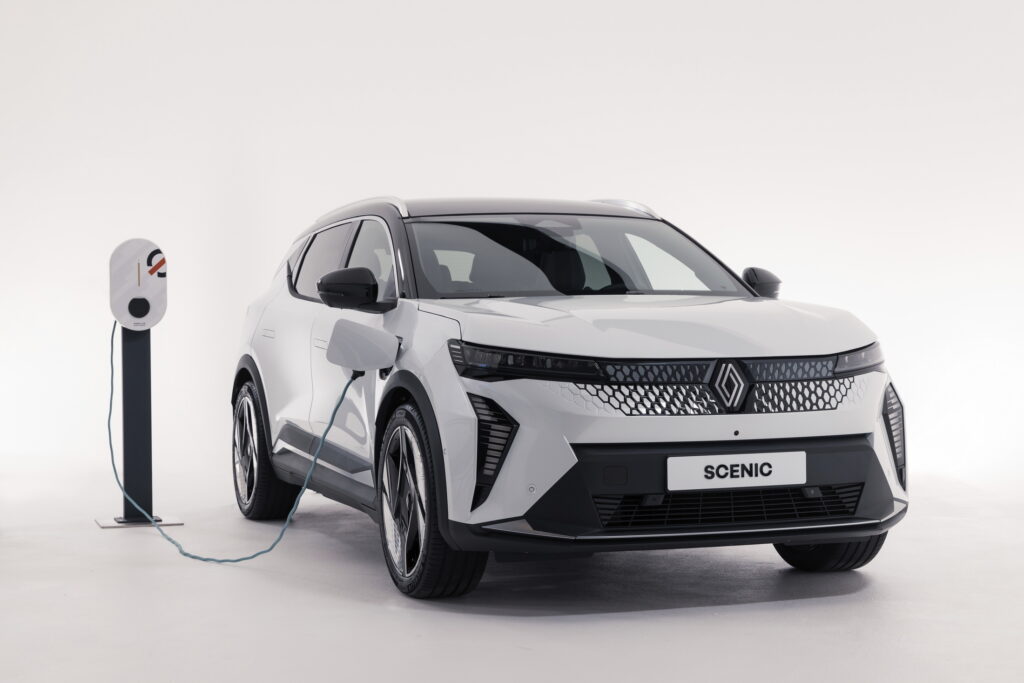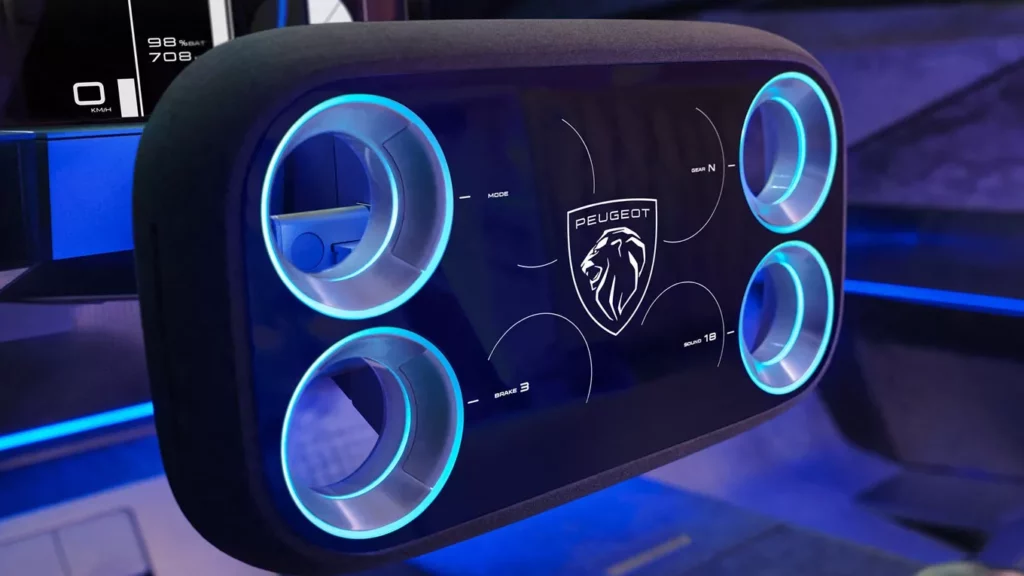Jeep’s $65,000 Recon Is Surprisingly Fast, But Can It Outrun The EV Slowdown?

- 2026 Recon is fully electric with dual motors, 650 hp and 620 lb-ft.
- Trail-rated Jeep does zero to 60 mph in 3.6 secs, has 250-mile range.
- Launches with $65,000 Moab trim: 33-inch tires, 9.1 inches clearance.
Jeep is taking another swing at zero emissions adventure with the 2026 Recon, the first fully electric, Trail Rated Jeep, one that packs sports car-level acceleration, and promises real off-road ability. But the timing might raise eyebrows.
With EV sales slowing, companies like Ram scrapping planned electric utilities and Jeep’s first EV, the Wagoneer S struggling for sales, is this the right moment to launch a $65,000 electric off-roader?
Also: The 2026 Grand Cherokee’s Biggest Surprise Is Hiding Under The Hood
The Recon range will expand in time but for now Jeep is launching with just one trim, the dirt-lovin’ Moab. It comes with a single motor mounted at each end of the 112.9-inch (2,870 mm) wheelbase platform, the pair together pushing out numbers that are strong, even if they don’t set any EV records.
What Powers Jeep’s Electric Trail Machine?
The Recon delivers 650 hp (659 PS) and 620 lb-ft (841 Nm) of torque, which is 50 hp (51 PS) and 3 lb-ft (4 Nm) more than the priciest version of Jeep’s first US EV, the road-biased Wagoneer S that rides on the same STLA Large platform.
It also hits 60 mph (97 kmh) in a speedy 3.6 seconds and claims a 250-mile (155 km) range from its 100 kWh battery, compared with 3.4 seconds and 294 miles (473 km) for the Launch Edition Wagoneer S. But that inconsequential difference in acceleration, and rather more worrying range gap is the price you pay for genuine off-road chops.
Only the Recon gets Jeep’s Trail Rated stamp of approval, the one you’ll have seen on vehicles like the Wrangler, meaning it’s passed a series of tough tests to prove its ability to ford water and clear obstacles that would make a crossover cry.
Mud or Midtown?
To earn that Trail Rated badge the Moab features 33-inch tires and a 15:1 final drive at the rear for extra torque multiplication when things get messy. It has selectable locking differentials Selec-Terrain driving modes, including a Rock mode that’s exclusive to the Moab, and Selec-Speed Control to make light work of steep inclines or rocks.
The 100-kWh battery is protected by a full set of steel skid plates, and suspension components like large CV joints and half shafts have been beefed up to handle all that torque.
Unlike the solid-axle Wrangler, the Recon’s suspension is independent via short-long arm (SLA) at the front and integral link at the back. And it skips the combustion SUV’s vague recirculating ball steering for a modern rack and pinion setup.
That bodes well for on-road comfort, where the Recon operates mostly as a RWD vehicle, but what about those all important off-road angles? A 33.8-degree approach, 23.3-degree ramp and 33.1-degree departure angle are no match for the new V8-powered Wrangler Moab 392’s 46.7, 24.5 and 39.8-degree stats.
Some of that can be chalked up to the 193.3-inch (4,911 mm) Recon being almost exactly the same length as a Wrangler, but riding on a 5.5-inch (140 mm) shorter wheelbase, and having far less daylight beneath its floorpan.
The Recon loses the ground clearance battle by a big margin, 9.1 (231 mm) inches playing 11.1 inches (282 mm) in the Wrangler Moab, and up to 12.9 inches/328 mm on other Wranglers.
Classic Jeep Design With a Modern Edge

Still, that’s more trail ability than 99 percent of people will ever need, and at least the Recon looks the part. The design stays true to Jeep’s roots with a boxy stance, upright grille and four-square proportions.
The illuminated grille rings, flush door handles, and contrast roof options give it a modern edge without losing the heritage feel, buyers also getting the option to replace the standard dual-plane sunroof for an optional Sky One-Touch power top.
And yes, you can remove the doors, the swing gate glass and the quarter windows, for those really hardcore adventures without needing any special tools.
Try that in your Rivian R1S. Moab trim brings a few design tricks of its own, including tough-looking black coloring for the front and rear fascias, the fender flares, uniquer badge and an anti-glare hood graphic.
Jeep’s Biggest Screen
The cabin sticks to the adventure theme, blending durable materials with forward-looking tech and looking nothing like the inside of a Wagoneer S. A horizontal dashboard layout and grab handle nod to classic Jeep interiors, but a 26-inch digital display area stretches across the dash made up of a 12.3-inch digital cluster and 14.5-inch touchscreen – the biggest in any Jeep – running Uconnect 5.
That screen’s generous dimensions should make it easier to see the pitch and roll mapping on the automaker’s Trails App, as well as checking out the camera views. And if you want to bring your own camera, a modular accessory rail is ready for your GoPro.
Related: Stellantis Spends $13 Billion To Revive Jeep And Dodge In America
Audio comes from a standard Alpine system, and Jeep has even relocated the speakers under the seats so the sound doesn’t vanish when you pop the doors off.
How Much Does It Cost?
The 2026 Jeep Recon EV will be built at Jeep’s Toluca Assembly Plant starting early next year, priced at $65,000 for the Moab trim. But expect that price to fall later as other trims, and less powerful motor setups become available – or just through massive discounts if the Recon proves as tricky to sell as the Wagoneer S.
No doubt, Jeep is taking a bold bet on a market that’s still figuring out what it wants. How do you rate the Recon’s chances?























































